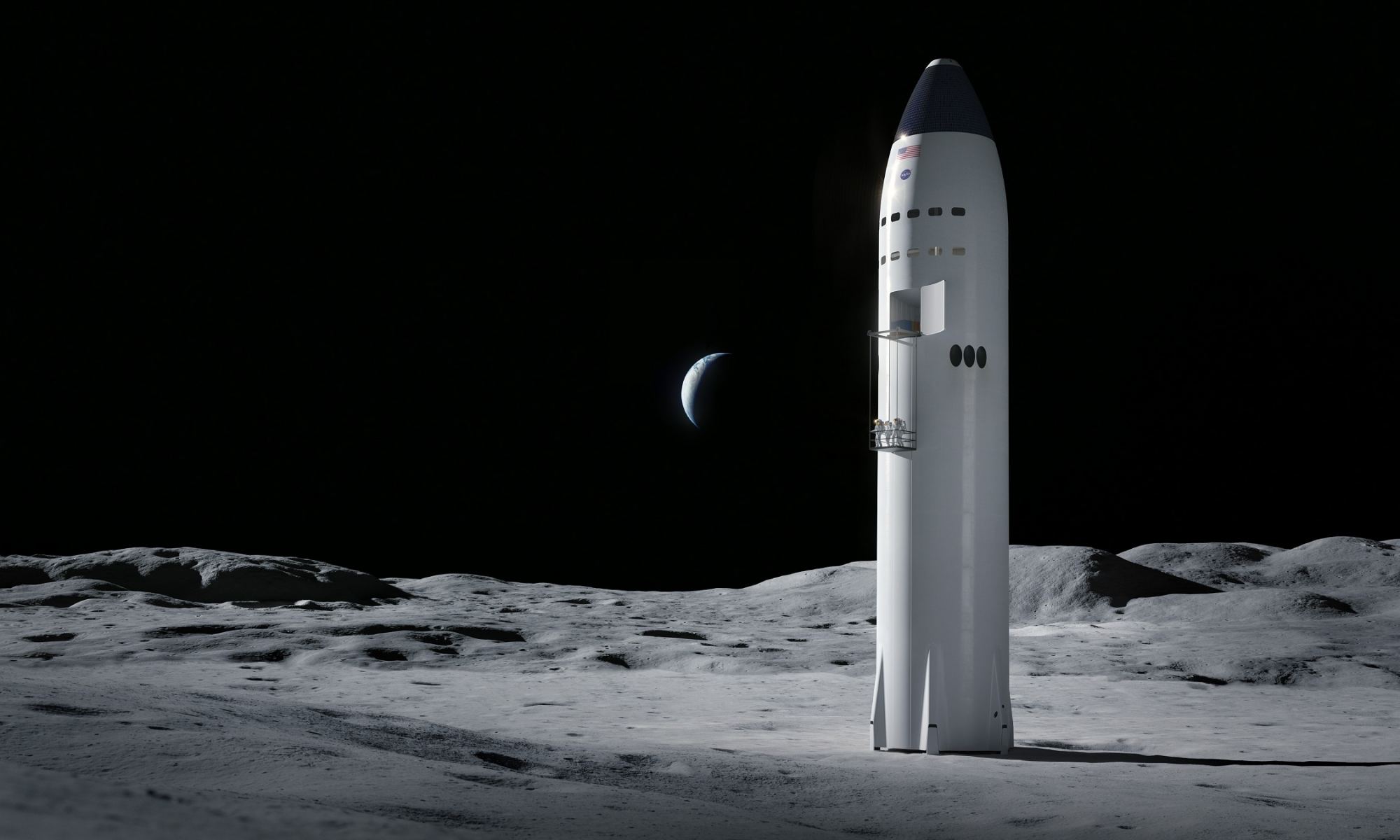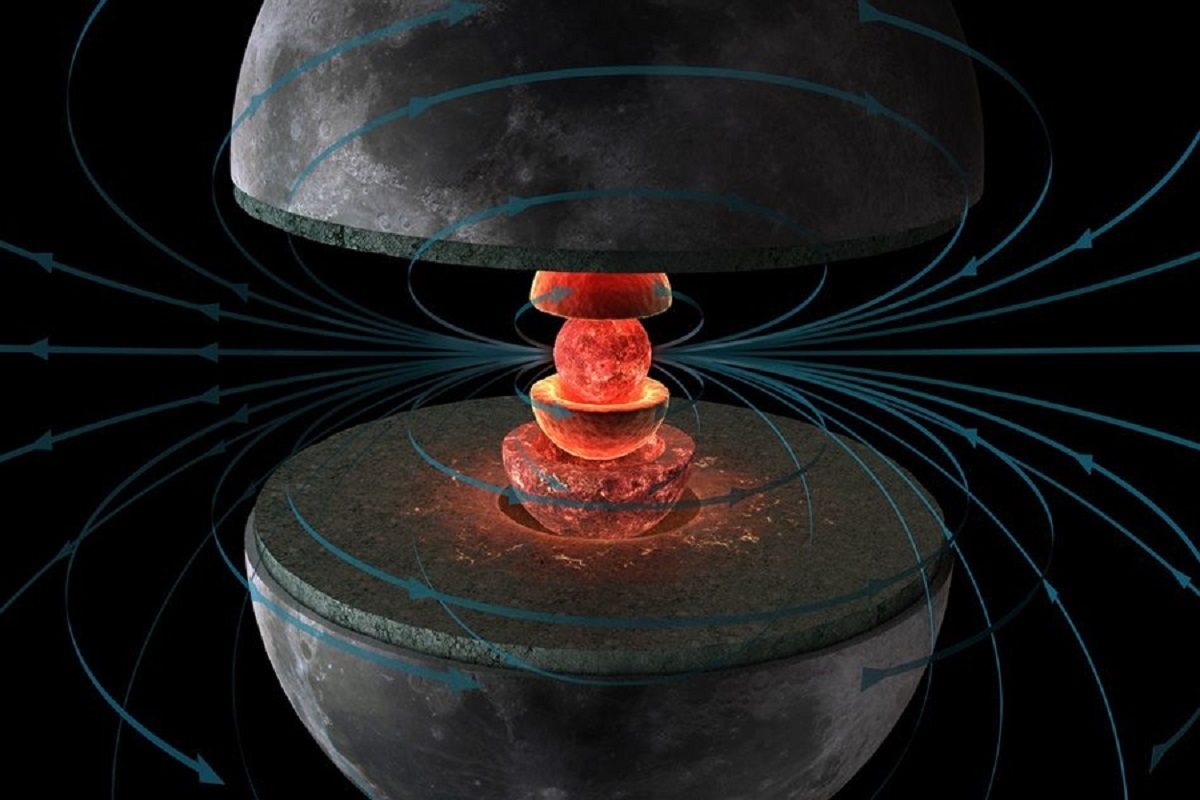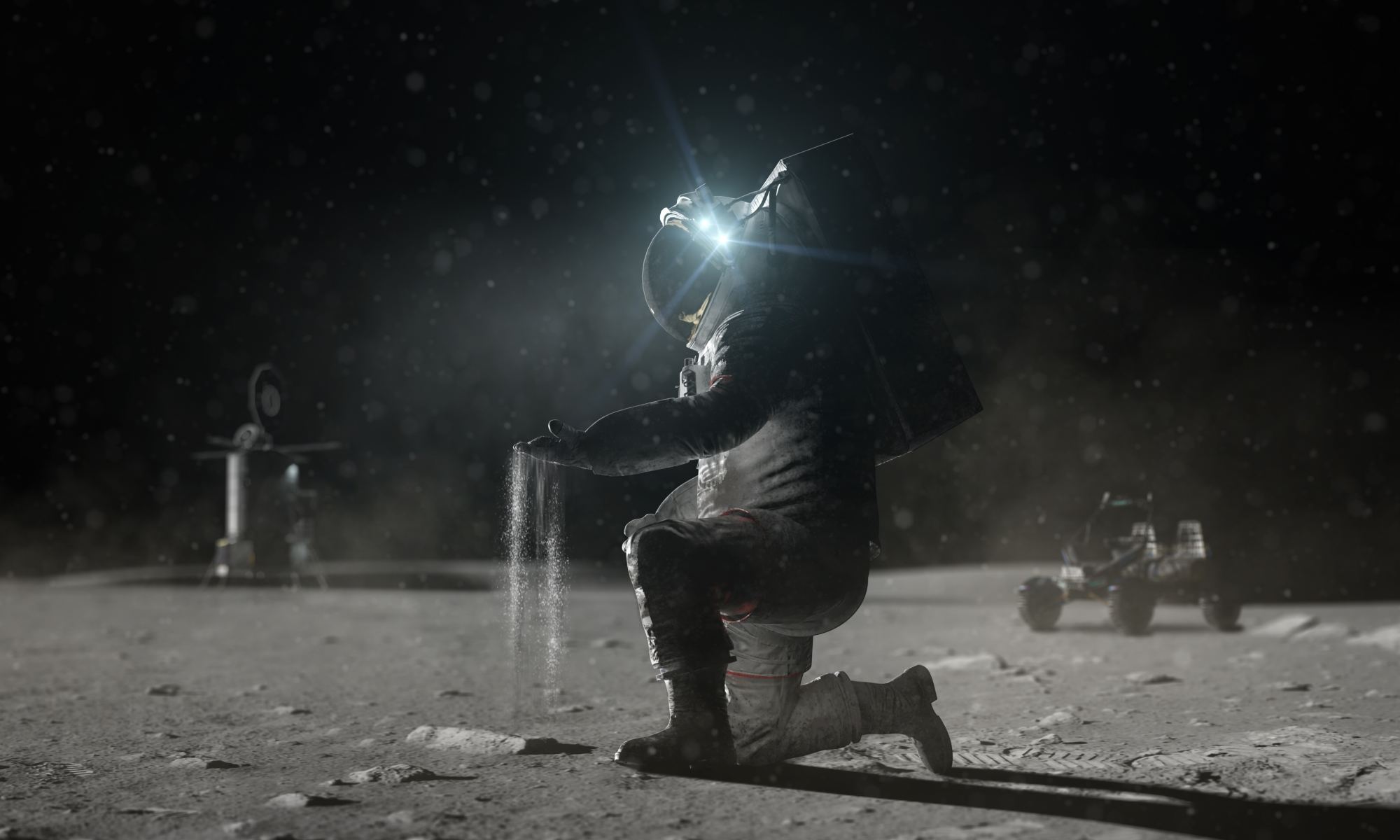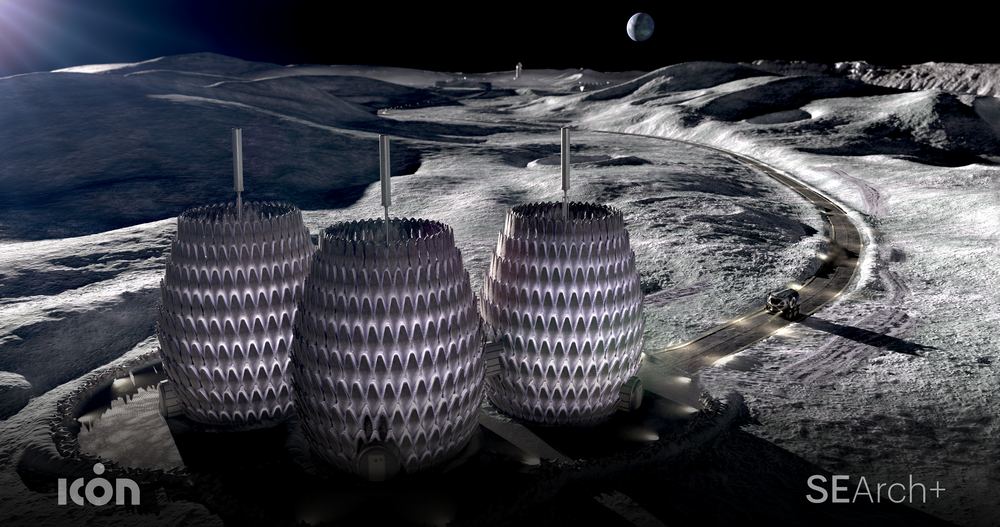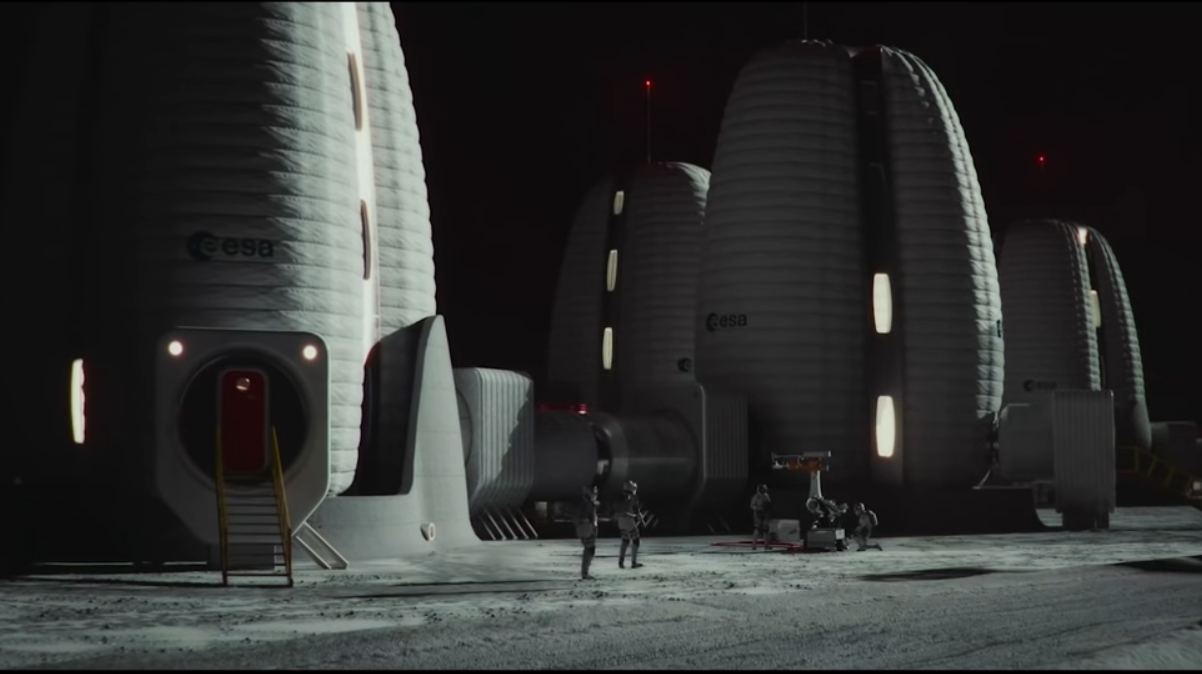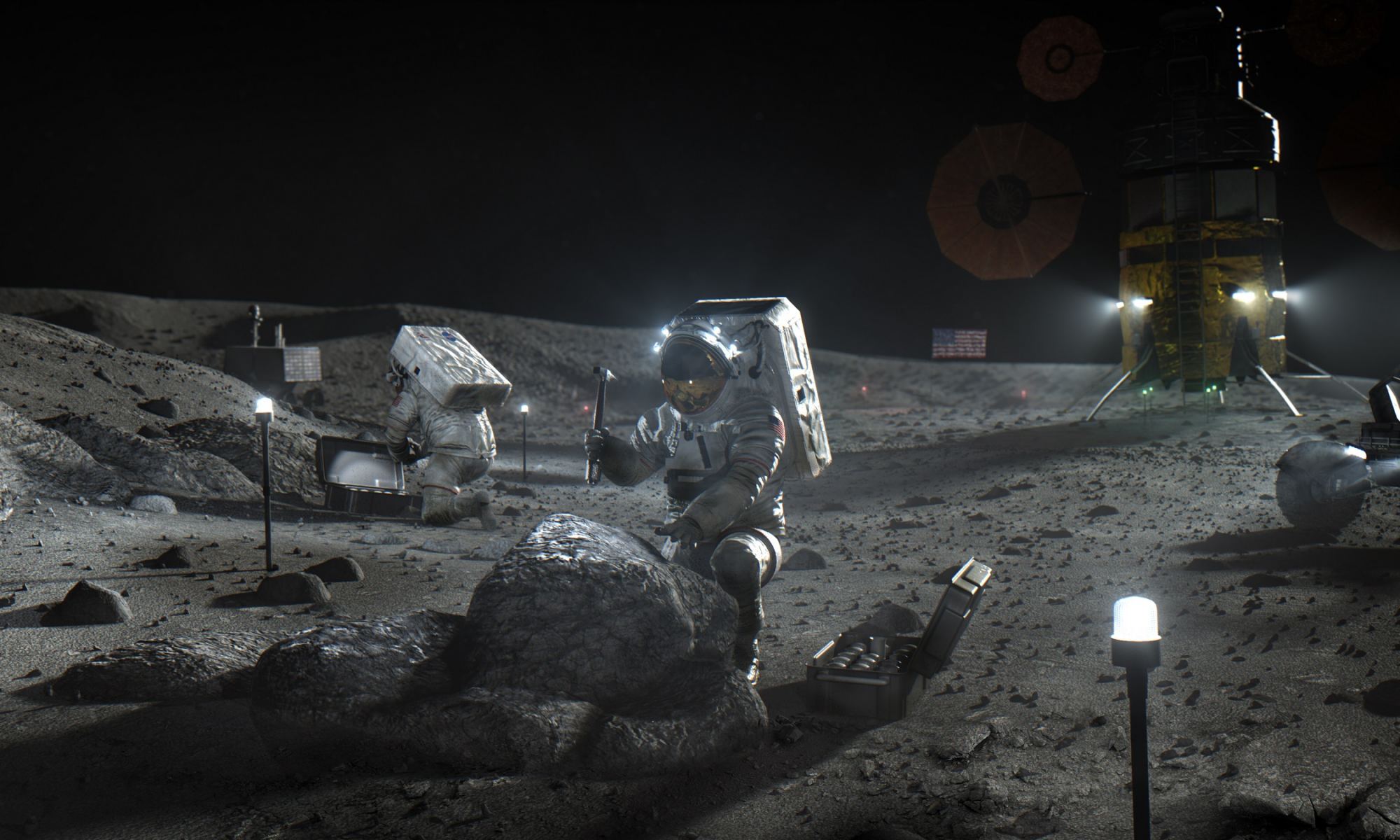NASA says its VIPER rover will head for the western edge of Nobile Crater near the moon’s south pole in 2023, targeting a region where shadowed craters are cold enough for water ice to exist, but where enough of the sun’s rays reach to keep the solar-powered robot going.
Today’s announcement provides a focus for a mission that’s meant to blaze a trail for Artemis astronauts who are scheduled to land on the lunar surface by as early as 2024, and for a sustainable lunar settlement that could take shape by the end of the decade.
“Once it’s on the surface, it will search for ice and other resources on and below the lunar surface that could one day be used and harvested for long-term human exploration of the moon,” Lori Glaze, director of the planetary science division at NASA’s Science Mission Directorate, said during a teleconference.
Continue reading “NASA’s VIPER Rover Will Hunt for Water Near Nobile Crater at Moon’s South Pole”

